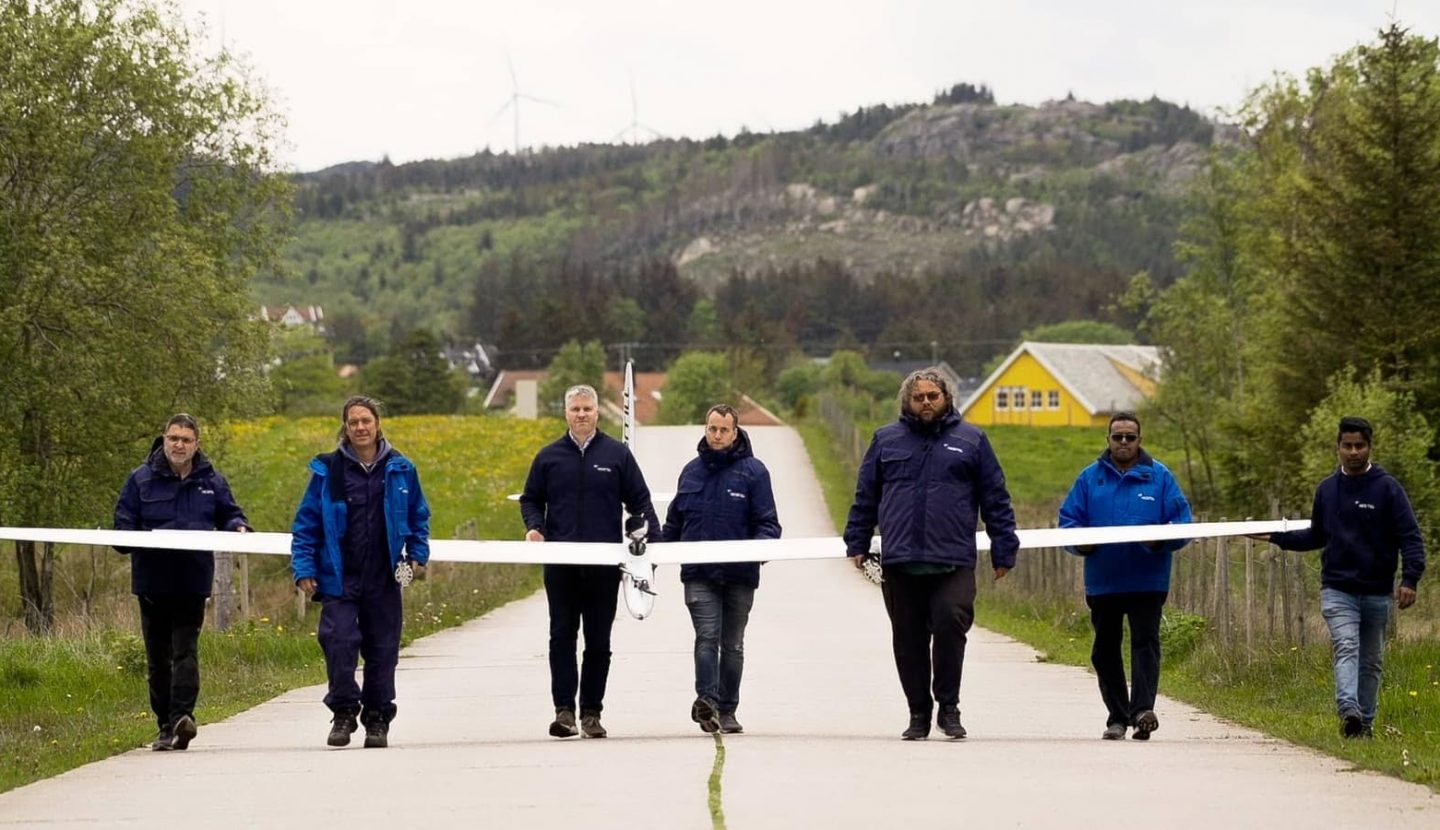Airborne Wind Energy (AWE) developer Kitemill has appointed a former senior specialist from world-leading renewables giant Vestas.
Torben Baun will be supporting the Norwegian scale-up’s innovation department in efforts to accelerate commercialisation. Baun brings considerable expertise having filed more than 100 patent applications during a 15-year career at the Danish powerhouse. In that time, he has performed at the highest level across several developmental roles including his latest post as Senior Specialist in Vestas’ Innovation and Concept department.
Kitemill CEO Thomas Hårklau said Mr Baun’s introduction signals the company’s firm commitment to driving growth. “We are thrilled to welcome Torben after a hugely successful 12-month period having achieved several important milestones,” he said. “Earlier this year we set a new flight endurance record, covering more than 500km and five hours of continuous operation, before securing third-party verification from Everoze and DNV. We later attracted investment from Norwegian utility Voss Energi, as part of a successful crowdfunding initiative, and went on to make our third business acquisition purchasing Exact Aircraft as part of a strategic growth drive. This is now a perfect time to be introducing someone of Torben’s calibre as we focus efforts on developing our new KM2 prototype, to challenge what is possible and accelerate AWE commercialisation. We enter Q4 with a clear plan to execute on our mission to make Kitemill’s technology the most cost-effective, efficient and versatile form of wind energy.”
Kitemill has spent more than a decade building world-class knowledge, IP and assets. It has led and consolidated the AWE sector, previously acquiring Kite Power Systems (KPS) and eKite while securing significant investments from En-Vision Europe Limited, Ignatia and the European Innovation Council. The firm’s new KM2 prototype, which has been in development for more than two years, features a 16-metre wingspan and four propellers for vertical take-off and landing. The device is capable of generating an average power cycle of 100kW.
For the past five years, Mr Baun worked as the inventor of Vestas’ new modular nacelle concept. He progressed from generating the idea to presenting the full concept to Vestas’ management and board. The advantage of the architecture allows Vestas to use modules across different platforms, giving customers the opportunity to design their own products. The new modular nacelle concept has so far been implemented in the latest version of the Vestas Enventus platform, 6-7.2 MW V162 and V172 rotors, as well as in the flagship offshore 15 MW V236.
Mr Baun said he is highly motivated by the prospect of driving innovation within the nascent AWE sector which he believes is vital in achieving Net Zero targets. “I’ve been familiar with Kitemill for several years and continually impressed by both the company’s technological solutions and its leading position in the world of AWE systems,” he said. “It’s the sum of many positive impressions that attracted me to Kitemill, from its world class team to its location in Lista, Norway, which is optimal for AWE development. I am greatly looking forward to focusing efforts on the innovation and modularisation of Kitemill’s systems to accelerate commercialisation. When that happens, there are numerous opportunities for implementation. The forecasted capacity factor for airborne wind energy is much higher than solar in many locations around the world, making it a similarly important technology. It is also able to access wind energy sites that are otherwise logistically challenging for traditional wind energy turbines, opening up new avenues in the renewable energy landscape.”
According to a white paper by BVG Associates, on behalf of Airborne Wind Europe, at utility-scale generation, the AWE market could grow to around $100bn (€92.39bn) by 2035–40 and several hundreds of billions soon after. Based on the assumption that the AWE market follows the same trend as the established wind turbine market 40 years ago, BVG further estimates the cumulative global deployment of AWE could reach 5GW by 2035 and at least 177GW by 2050.
Vestas is a leading Danish company in renewable energy, specializing in the production and delivery of wind turbines and wind energy solutions. The company was founded in 1945 and is headquartered in Aarhus, Denmark. Vestas is known for being a pioneer in the wind energy industry and has a global presence with projects and installations worldwide. They produce a wide range of wind turbines with different capacities for both onshore and offshore wind energy projects. Vestas has also been actively involved in developing innovative technologies and concepts to improve the efficiency and sustainability of wind energy production.





